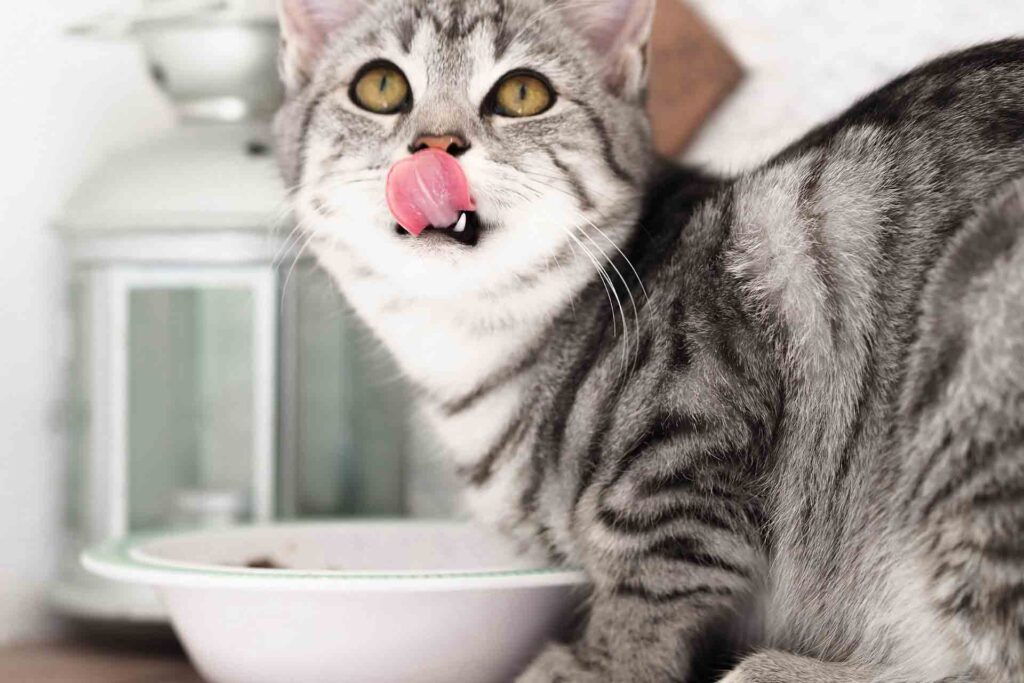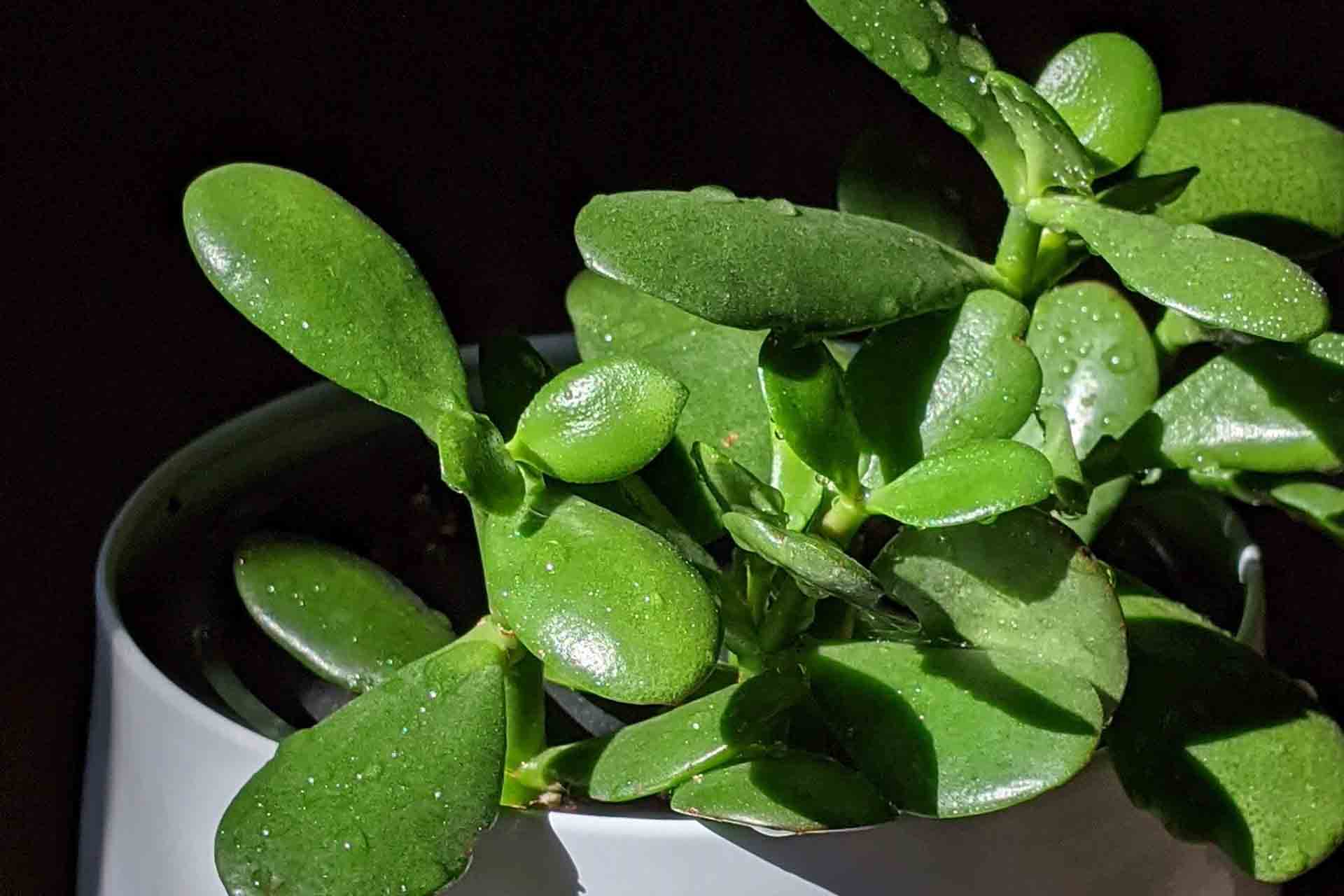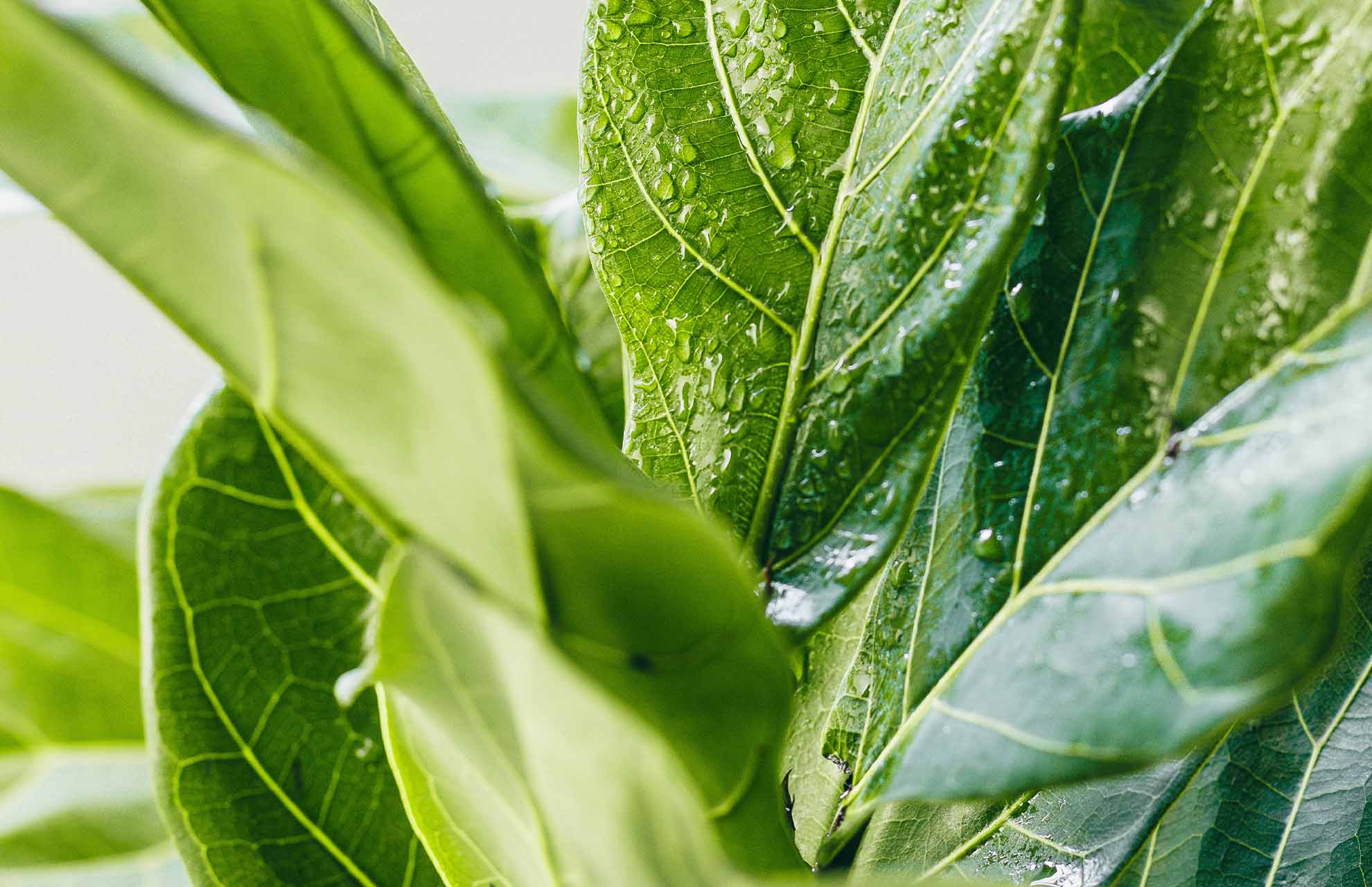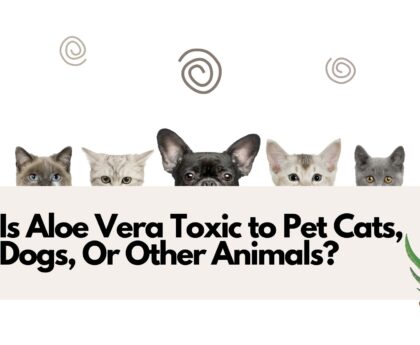If you are a cat owner, you understand that it’s very vital to make positive you maintain your cat safe at all times. This capacity is conscious of which flora are toxic to them, also. Are jade plants toxic to cats? The answer is yes. Here, we are going to talk about jade plants and cats.
Jade Plants
The jade plant is a beautiful, easy-to-care-for succulent that originates from South Africa. Though it’s frequently used as a houseplant, the jade plant can also be grown outside in USDA hardiness zones 10 and 11. Still, then’s what you need to know about relating this popular succulent if you’re allowed about adding a jade plant to your collection.
The jade plant has thick, lustrous leaves that are dark green in color. The leaves are round-shaped and grow up to three elevations long. The jade plant also produces small, white flowers that bloom in the springtime.
Jade Plants And Cats
When grown outside, the jade plant can reach up to six feet tall. Still, when grown outdoors, it’s generally much lower. It’s generally vended as a common succulent, in small succulent pots.
Jade poisoning is a circumstance triggered with the aid of the consumption of jade plants. Symptoms consist of vomiting, diarrhea, and stomach pain. In extreme cases, jade poisoning can lead to death. Prompt therapy normally prevents this worst-case scenario.
Jade plant life includes toxins that can be damaging to humans and animals. If consumed, jade flora can cause jade poisoning. If you suspect that your cat has eaten from your jade plant, are seeking clinical attention immediately. Treatments for jade poisoning are accessible and effective. With prompt treatment, ingesting jade is generally no longer fatal.
Causes Of Jade Poisoning In Cats
The cause of jade plant poisoning in pussycats is ingesting the plant. All corridors of the plant are poisonous. The amount of the plant your cat needs to ingest in order to come poisoned is presently unknown. The poisonous principles of the plant are also unknown, though current literature suggests that the highest attention of poisons is set up in the leaves. Pussycats are doubtful to ingest large amounts of toxic plants, though it’s possible that your cat can come poisoned by simply chewing on the leaves. However, take it to the warhorse incontinently, if you have any suspicion that your cat has ingested or chewed the leaves of the jade plant.

Diagnosing Jade Poisoning In Cats
Call your vet ahead of time to let them recognize you have an emergency case of jade plant poisoning. If the jade plant is a decorative house plant, take a sample of it with you when you go. If you know about how a great deal of the plant your cat ingested, grant this fact to your vet. You should usually tell your vet how lengthy your cat has been experiencing symptoms.
Your vet can confirm jade plant poisoning using trendy diagnostic testing. Vets most oftentimes use blood and urine evaluation to confirm poisoning, but may additionally also habits additional trying out based totally on your cat’s symptoms.
Symptoms Of Jade Poisoning
Now that you recognize how to identify a jade plant, you can help your cat keep away from poisoning by means of now not buying one. However, occasionally your cat may come into contact with a jade plant outdoors or via accident when spending time at anybody else’s house. In these cases, you’ll choose to be aware of the common signs of jade plant poisoning.
If you see signs of chewing on the jade plant, chances are your cat is the culprit. This may additionally be the first signal of a problem: Vomiting; Diarrhea; Uncoordinated movements; Lethargy and weakness; Slow heart rate; Depression.
In extreme cases, consuming jade can cause kidney failure. If you suspect that your cat has ingested jade, it is essential to seek veterinary assistance immediately. With instant treatment, most cats make a full recuperation from jade poisoning.
Treatment Of Jade Poisoning
Still, contact your veterinarian or pet poison helpline incontinently, if you suspect your cat has ingested the jade plant. They may recommend a delay and see approach if the cat isn’t displaying clinical signs.
Treatment will depend on the amount ingested as well as presenting signs.
There’s no cure to jade plant poisoning and treatment is aimed at managing clinical instantiations.
Bring along a sample of the plant for identification. The veterinarian will want to know how important of the plant was ingested, and the time of ingestion. However, the veterinarian may induce vomiting to remove plant matter from the stomach, this may be followed by administration of actuated watercolor to bind to the poison if the exposure was recent.
Fluid therapy may be given to pussycats who are vomiting to treat dehumidification and correct electrolyte imbalances.
How To Prevent Jade Toxicity In Cats
Pussycats frequently eat plants when they aren’t getting enough vegetable matter in their diet, indeed if the plant is toxic. It may be possible to keep your jade plant while also icing your cat’s safety, but this requires an extreme amount of diligence on your part.
The safest way to help poison is to get rid of the jade plant, but if you decide to keep it, place it in a position where your cat can’t reach it. Gather up dropped leaves or petals on a diurnal base indeed if your cat noway enters the room the jade plant is in.
Give your cat a small flower pot of lawn or catnip in an accessible place so that it won’t seek out your jade plant or any other potentially toxic plants. However, identify the plants in bordering yards, and if wanton plants are among them if you let your cat outside.
Conclusions
While it can take a little greater vigilance, maintaining each cat and houseplant is in reality possible. With so many unique flowers available, you can find non-toxic preferences of all sorts and avoid poisonous alternatives like the jade plant.









